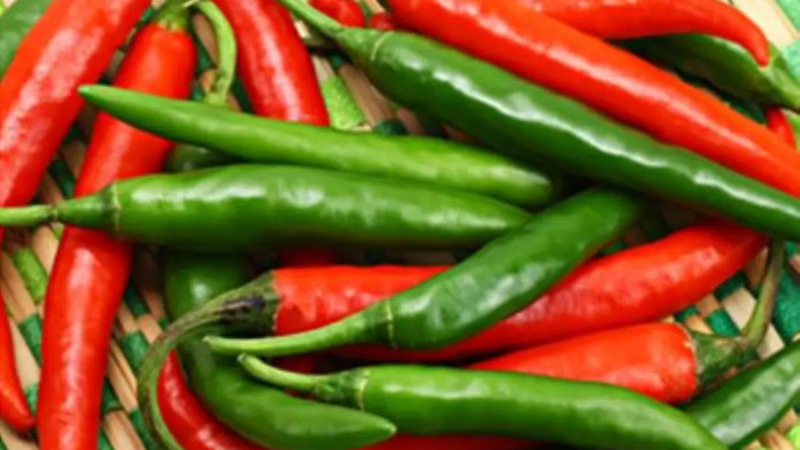
Exploring pepper varieties: black, white, red spices.
Pepper is one of the most important and widely used spices around the world and has a high volume in international trade. The largest pepper producing countries are India, Vietnam, Indonesia, Brazil, China, Mexico, Turkey, Thailand and Madagascar. The production of pepper at the global level in recent years has been around 4-5 million tons. The main export destinations of pepper include North American countries (the United States and Canada), Europe (mainly Germany, the Netherlands, Great Britain and France), Asia (Japan and South Korea) and the Persian Gulf countries. Examining the exact amount of pepper exports in any particular year requires access to reliable commercial statistics. In addition, pepper exports may vary based on the type of pepper (such as black, white, or red) and derived products (such as pepper powder). The standards and needs of different markets can also affect the volume and location of pepper trade. Some important factors in the export of pepper include quality and competitive price, health and environmental standards, demand of target markets and consumer's perception about the quality and origin of pepper.
Pepper business is one of the most important industries related to spices in the world. Brazil, India, Vietnam, Indonesia, China and Madagascar are among the countries that produce a lot of pepper and are the largest producers in the world. For the pepper trade, it is very important to know the markets of these countries and communicate with their producers. In the pepper business, you must be familiar with different types of pepper, including black pepper, white pepper, red pepper, green pepper, etc. Each type of pepper has its own properties and customers and has different uses in the food industry.
In the pepper business, product quality is very important. Pepper must conform to relevant international standards in terms of purity, color, taste and smell, packaging size, etc. It is necessary to check the accuracy and standard of the product before buying and selling. Proper packaging of pepper plays an important role in maintaining the quality and longevity of the product during transportation and storage. The packaging should protect the product from moisture, light, insects and external contamination. Also, attractive and customer-attractive packaging can also have a great effect on sales.
Establishing strong relationships with traders and suppliers of pepper in different markets is of great importance. Establishing continuous communication, building trust, checking the capabilities of producers and contractual agreements can contribute to a successful pepper business. In the pepper business, you have to look for innovation and new product development. This includes improving cultivation, processing and packaging methods, creating high added value products such as dried pepper, supplying German pepper or cherry pepper and using new technologies in pepper production. Below is a list of the most commonly used types of peppers in the world:
- Black pepper is obtained from the dried seeds of the black pepper bulb and is one of the most widely used spices in the world. It has a hot and spicy taste and is used in almost all foods to add flavor and aroma.
- Red pepper is obtained from dried red pepper seeds. It has a hot and spicy taste and is used in Asian cuisine, cooking process, sauces and seasoning for Cambridges.
- Bell pepper has a conical shape and a spicy and mellow taste. In Mexican cuisine, it is used in salads, sauces and cooking processes.
- Green pepper has not passed the stage of needing to reach red color and it is obtained in a semi-hard state. It has a neutral and mellow taste and is used in salads, sauces and Asian dishes.
- Ancho pepper, which is a small green pepper and famous in Mexico. It has a spicy and mellow taste and is used in salads, sauces and Mexican dishes.
- Cayenne pepper is common in Thailand. It has a spicy and mellow taste and is used in Thai dishes, sauces and cooking processes.
- A chili pepper that is usually very hot and is used in spicy foods with hot spices, for example in Mexican and Indian cuisine.
- Capsicum pepper comes from the red pepper family and has a hot and spicy taste. It is used in the preparation of sauces, pizza, Italian dishes and seasoning sauces.
Determining the right price for pepper based on quality, types and target market is very important. The price should be fair and competitive and should also take into account market changes and the competitive price of pepper in other countries. In order to be successful in the pepper business, proper marketing strategies must be adopted. Building a strong brand, advertising and promoting the product, attending trade shows and industry events, using social media and the Internet, and building ongoing relationships with potential customers and suppliers are among the methods that can be used in pepper marketing.
It is very important to study the target markets and understand the needs, preferences and behavior of customers. Market study and competitive analysis examines the amount of demand and supply, price trends and market changes and helps to make the right decision in buying and selling pepper. In the pepper business, you must be familiar with the rules and regulations related to export, import, packaging, labeling and health standards related to pepper in different markets. Compliance with relevant laws is of great importance and helps to avoid legal and commercial problems.
To evaluate the quality of pepper, there are different standards and criteria based on which pepper can be evaluated. The pepper should be uniform and without deformation, and should have a uniform color appropriate to its type (such as black, white, red, etc.). It should also be free of contamination from foreign bodies such as soil, stones, etc., and the optimal humidity for pepper varies depending on its type and should be within an acceptable range. Piperine is one of the important components of pepper and its amount in pepper should be in accordance with relevant standards. Capsaicinoids are responsible for the flavor and spiciness of peppers, and their levels must meet established standards. Pepper should have the right amount of essential oils that add to its aroma and flavor and should also be free of bacteria, germs and microbial contamination. Fungi should also be within an acceptable range and the presence of harmful fungi should be reduced. The packaging of pepper should be done tightly and properly and protect the product against moisture, light and external pollution. Packaging labels should contain information about the type of pepper, the country of manufacture, the date of packaging and other information.
-

Cumin trade plays a significant role in the global spice market, with major producers including India, Nigeria, Bangladesh, China, and Thailand. India stands out as the largest exporter, while the United States, Germany, Canada, and Middle Eastern countries are key importers. The competitive landscape of cumin trade involves various marketing strategies such as advertising and quality improvement. Technological advancements in production and packaging are also influencing market dynamics. Cumin is not only valued for its culinary uses but also for its medicinal properties, making it popular in food and cosmetic industries. Its demand is driven by its flavoring capabilities and health benefits. Factors affecting cumin trade include weather conditions, pest issues, trade regulations, and global supply-demand fluctuations. Prices are subject to change based on these variables and seasonal harvests. For detailed insights into current trends and statistics in cumin trade, specialized sources like the WTO or WHO can be consulted.
-
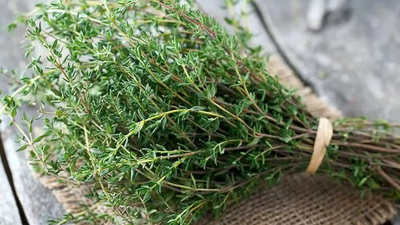
Thyme is a versatile spice with significant export potential, widely used in cooking and health products. Its antibacterial properties enhance food safety, making it valuable in the food industry. Exporting thyme requires understanding local and international regulations, identifying target markets, and establishing relationships with buyers. Key producing countries include Türkiye, China, India, and Iran, while major consumer markets are in America, Germany, France, and India. Successful thyme export involves proper product preparation, packaging for international shipping, and compliance with phytosanitary regulations. Engaging legal and financial advisors can facilitate navigating the complexities of international trade.
-
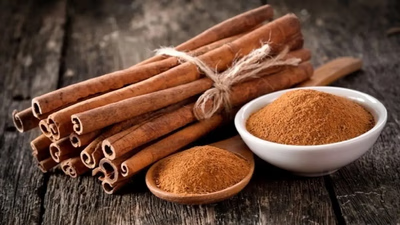
Cinnamon, a globally popular spice, is derived from the inner bark of cinnamon trees and is extensively used in various culinary applications. Major producers include Sri Lanka, China, Vietnam, Indonesia, and Madagascar, with global production estimated at 30-35 thousand tons annually. Key exporters are Indonesia, China, Vietnam, and Sri Lanka, primarily shipping to Europe (Netherlands, Germany, UK), North America (USA), and the Middle East (Saudi Arabia, UAE). Market dynamics such as quality standards, pricing, demand variations, and health regulations significantly influence cinnamon trade. Compliance with international trade laws—including customs tariffs and sanitary regulations—is crucial for successful export operations. Quality assurance standards like ISO 9001 and HACCP are essential for meeting market requirements. Additionally, sustainable practices in resource management are increasingly important in the cinnamon industry. The spice is valued not only for its flavor but also for its medicinal properties; it has antiseptic qualities and contains anti-inflammatory compounds beneficial for health.
Entering the cinnamon market requires thorough research on suppliers and target markets to establish reliable business relationships. Businesses must decide between wholesale or retail operations while ensuring high-quality products with appealing packaging. Effective marketing strategies through online platforms and trade events can enhance visibility in a competitive landscape. Continuous monitoring of market performance is vital for adapting to consumer preferences and competition.
-
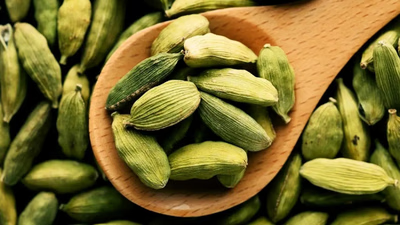
Cardamom, a highly valued spice from the ginger family, is primarily cultivated in India and Sri Lanka, with significant production in Thailand, Vietnam, and Guatemala. It is used extensively in cooking and beverages, known for its flavor and medicinal properties. The spice market sees active trade of cardamom, which can be exported in bulk or packaged. Factors influencing its price include quality, type (green or black), and geographical conditions affecting production. The demand for cardamom has surged due to its culinary versatility and health benefits. Quality control is crucial in the cardamom trade; traders must ensure high standards through careful selection based on appearance, aroma, and moisture content. Establishing reliable relationships with producers is essential for consistent supply. Effective marketing strategies are necessary for selling cardamom, utilizing online platforms and trade shows to reach customers. Proper storage and distribution practices are vital to maintain quality post-purchase.
-
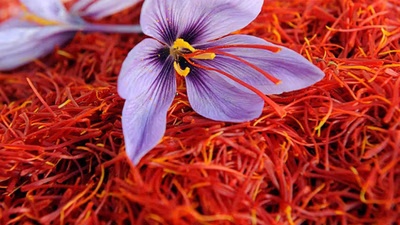
Saffron, derived from the saffron flower, is one of the world"s most expensive spices, renowned for its flavor, color, and aroma. It boasts antioxidant and anti-inflammatory properties and is primarily produced in Iran, followed by Spain, India, and other countries. The spice"s international trade is influenced by quality standards such as ISO 3632 and market demand. Countries with lower saffron production often rely on imports to meet consumption needs. Understanding market dynamics, including competitors and regulations, is crucial for successful saffron exportation. Conducting thorough research on target markets helps identify opportunities and challenges. Engaging with local experts and attending industry trade fairs can enhance market insights and networking opportunities. Proper packaging and documentation are essential for customer satisfaction and compliance with export requirements. Establishing business relationships in target countries can facilitate distribution networks while diverse marketing strategies can boost visibility.
-

Pepper is a crucial spice in global trade, with production concentrated in countries like India, Vietnam, and Brazil. The annual global output ranges from 4-5 million tons, primarily exported to North America, Europe, Asia, and the Persian Gulf. The trade dynamics are influenced by various factors including quality standards, market demand, and consumer perceptions. Different types of pepper—black, white, red—each have unique properties and uses in the food industry. Quality assurance is vital; pepper must meet international standards for purity and packaging to ensure longevity during transport. Establishing strong relationships with producers and traders is essential for success in this competitive market. Innovations in cultivation and processing can enhance product value. Effective marketing strategies such as brand building and market analysis are necessary to navigate pricing and demand fluctuations.
Compliance with export regulations is critical to avoid legal issues. Understanding the specific needs of target markets will facilitate better trading outcomes.
-

Ginger holds a significant position in the global spice trade, with major producers including India, Nigeria, China, and Thailand. The market for ginger has expanded due to its flavoring and health benefits, leading to increased demand across various industries such as food and beverages. As a versatile spice, ginger is utilized in baking, confectionery, and nutritional supplements. The growth of the ginger market is attributed to rising consumer awareness of its health properties and improved international trade infrastructure. However, challenges such as climate change impacts on productivity and trade regulations can affect supply chains. India stands out as the largest exporter of ginger globally, while other countries like Thailand and Brazil also contribute significantly to exports. The price of ginger fluctuates based on supply-demand dynamics, weather conditions, and economic factors. Additionally, specific regulations govern the export-import process of ginger, including quality standards related to moisture levels and packaging requirements. Understanding these factors is crucial for businesses engaged in the ginger trade.







